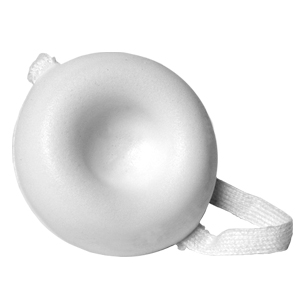There are many different sterilization methods that include surgical methods for men and women, as well as non surgical methods, transluminal methods and so on. The different methods can be used as per a person’s health circumstances and requirements.
Sterilization – Is it for you?
Before picking one of the sterilization methods, it is important to determine if it is in fact sterilization that a woman wants – by definition, a sterilization procedure is a permanent one and may be very difficult or even impossible to reverse. Sterilization is considered an extreme form of birth control, so if a woman is sure that there is no chance that she will desire to get pregnant at some point of time in the future then sterilization can be considered.
 Sometimes there is a medical requirement for sterilization such as cancer, infection and so on, and a doctor is the best person to advise a woman if there is any medical reason for undergoing this procedure. The possible risks should be weighed against the benefits to see if such a procedure is merited. It also has to be considered which of the sterilization methods is best for her and if there is any medical reason why one or another method may not be suitable.
Sometimes there is a medical requirement for sterilization such as cancer, infection and so on, and a doctor is the best person to advise a woman if there is any medical reason for undergoing this procedure. The possible risks should be weighed against the benefits to see if such a procedure is merited. It also has to be considered which of the sterilization methods is best for her and if there is any medical reason why one or another method may not be suitable.
It is also important to know the how invasive or non invasive the different methods of sterilization are, to have a realistic understanding of what one is getting into and what to expect in terms of the actual procedure as well as life after it. There can be very significant changes that occur inside the body after sterilization and possible psychological effects of the procedure are something else that a woman would have to take into consideration.
Surgical sterilization methods
- A hysterectomy involves removal of the all or some of the reproductive organs of a female such as the uterus, the ovaries, the fallopian tubes, and the cervix. A hysterectomy is usually indicated in cases such as uterine cancer and so on rather than as a method of family planning.
- Tubal ligation is a procedure where the fallopian tubes of the woman are either cut, cauterized or tied, and ovulation is thus closed.
- A vasectomy is a procedure that men can undergo to prevent the fathering of children. Here the tubes connecting the prostate and the testicles are cut and closed off to prevent sperm from ejaculating along with the semen during intercourse.
Transluminal sterilization methods
These methods of sterilization do not require surgery or an incision; rather access to the reproductive organs is obtained to the female reproductive tract using the natural orifices of the body such as the vagina.
- There are sterilization methods that access the fallopian tubes through the vagina. The procedure involves scarring of the fallopian tubes by using polyester fibers to block the fallopian tubes. The procedure is known as Essure and thought to be very effective for pregnancy prevention with a very short recovery time.
- Other procedures like Quinacrine are also among the transluminal sterilization methods though its use has been controversial.





